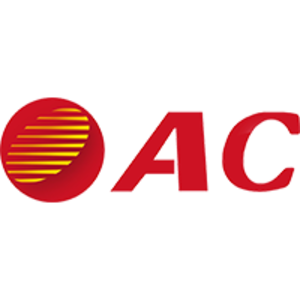LANGUAGE↓

News & Policies

Unemployment insurance premium reduction policy
According to the Ministry of Human Resource Development [2024] No. 40, the key policies are first summarized below:
- Extension of the implementation of the policy of eduction in stages of the premium rate. The policy of reduction of the unemployment insurance premium rate to 1% was extended for one year, with the implementation period until December 31, 2025.
- Extension of the implementation of the unemployment insurance job stabilization rebate policy. Insured enterprises that have paid unemployment insurance premiums in full for more than 12 months, have not laid off any employees in the previous year or have a layoff rate that is not higher than the control target of the national urban survey unemployment rate in the previous year, and have a layoff rate of not higher than 20% of the total number of insured employees for insured enterprises with less than 30 employees may apply for a refund for stabilizing jobs in the unemployment insurance system. Large-scale enterprises shall return no more than 30% of the actual unemployment insurance premiums paid by the enterprise and its employees in the previous year, and small, medium and micro enterprises shall return no more than 60%. The funds can be used for employee living subsidies, payment of social insurance premiums, transfer training, skills upgrading training, and other job stabilization and production and operation cost reduction expenditures.
- Continuing the implementation of the skills upgrading subsidy policy. In-service employees of enterprises that have participated in unemployment insurance for more than one year or recipients of unemployment insurance benefits who have obtained vocational qualification certificates or vocational skill level certificates for skilled personnel may apply for skills upgrading subsidies at a rate of no more than 1,000 yuan for primary (level 5), 1,500 yuan for intermediate (level 4), and 2,000 yuan for advanced (level 3).
More detail policy please refer to below official regulation.
Resource from State HR, Finance & Tax department
2024-4-26





